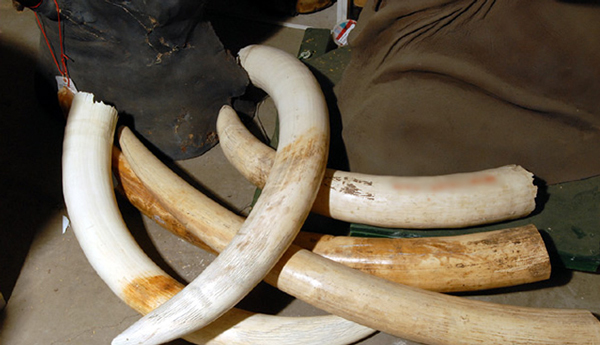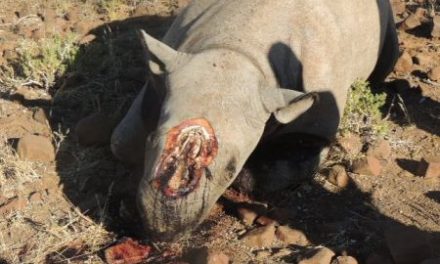
Namibia participates at CITES CoP 19

Namibia, joined by Botswana has submitted a proposal to transfer the population of the southern white rhinoceros of Namibia from Appendix I to Appendix II specifically to allow for trade in live animals for conservation purposes and hunting trophies only.
This was revealed by the Ministry of Environment, Forestry and Tourism (MEFT), spokesperson Romeo Muyunda in a statement as Namibia participates at the 19th Meeting of the Conference of the Parties (CoP 19) to the Convention on International Trade in Endangered Species of Wild Fauna and Flora (CITES).
The CITES meetings take place every two to three years to review the implementation of the CITES Convention. This includes, among others, the review of the existing trade mechanisms/regimes and the consideration of new trade mechanisms/regimes.
The CITES CoP 19 which commenced on Monday will conclude on 25 November and the country is being represented by several government officials, led by the MEFT Executive Director, Teofilus Nghitila in Panama City, Panama.
According to Muyunda, Namibia, Eswatini, and Zimbabwe have also submitted requests that mechanisms should be created to enable rural communities to participate in CITES decision-making processes, as rural communities are custodians of wildlife, they suffer the burden of living with wildlife and yet they are largely excluded from CITES decision making processes.
Namibia will support a proposal submitted by Zimbabwe to allow trade in raw ivory from the elephant populations of Botswana, Namibia, South Africa, and Zimbabwe, he added.
“Additionally, Namibia will oppose the adoption of proposals that by principle are not compatible with the country’s conservation policies. These include proposals to transfer the elephant populations of Botswana, Namibia, South Africa, and Zimbabwe from Appendix II to Appendix I as well as the one to transfer all populations of hippopotamus from Appendix II to I,” he said, adding that those proposals have been prepared and submitted by Burkina Faso, Equatorial Guinea, Mali, Senegal, and the Syrian Arab Republic, among others are not in favor of sustainable use.
Additionally, the said populations being proposed for up-listing do not meet the CITES Appendix I listing criteria, Muyunda said.
Meanwhile, there are several documents on the agenda regarding the conservation and management of lions, elephants, hippopotamus, and rhinoceros that are not in conformity with Namibia’s National Policies, which Namibia will not support, Muyunda noted.












































